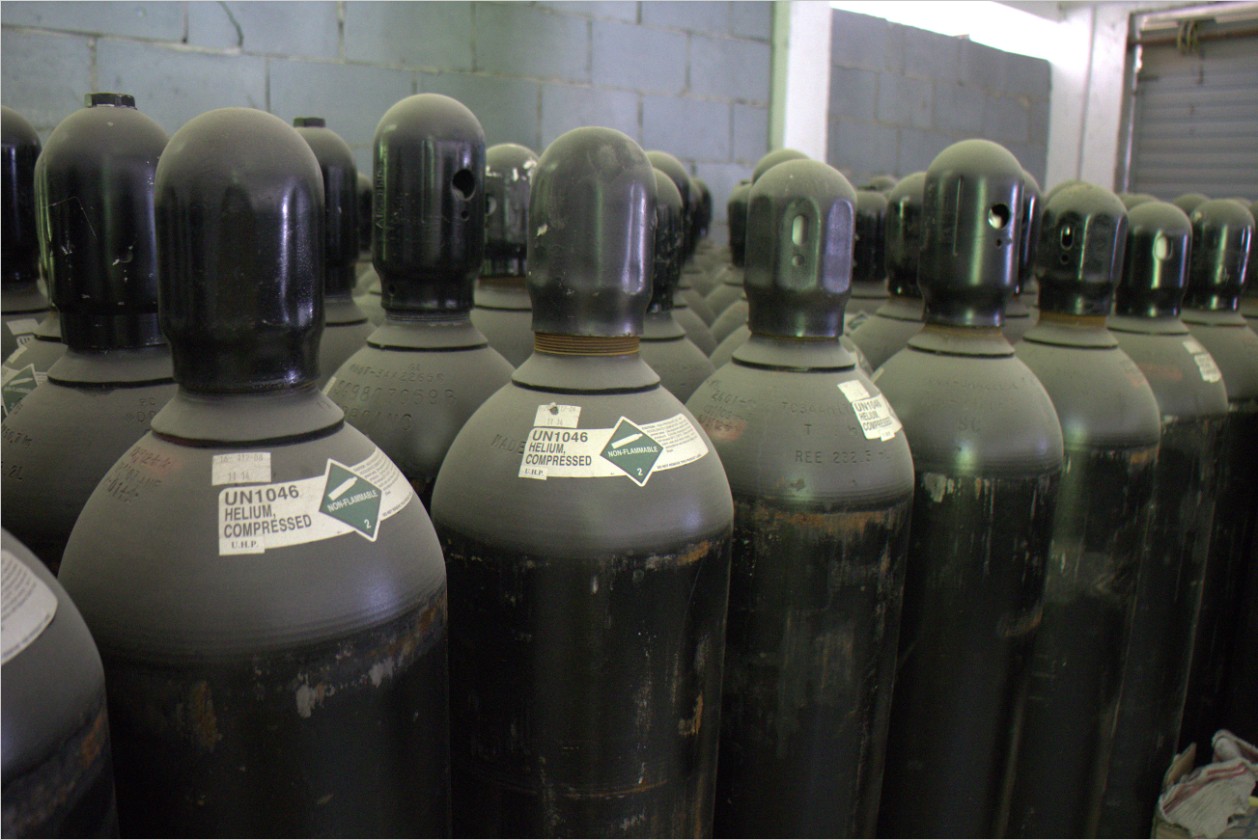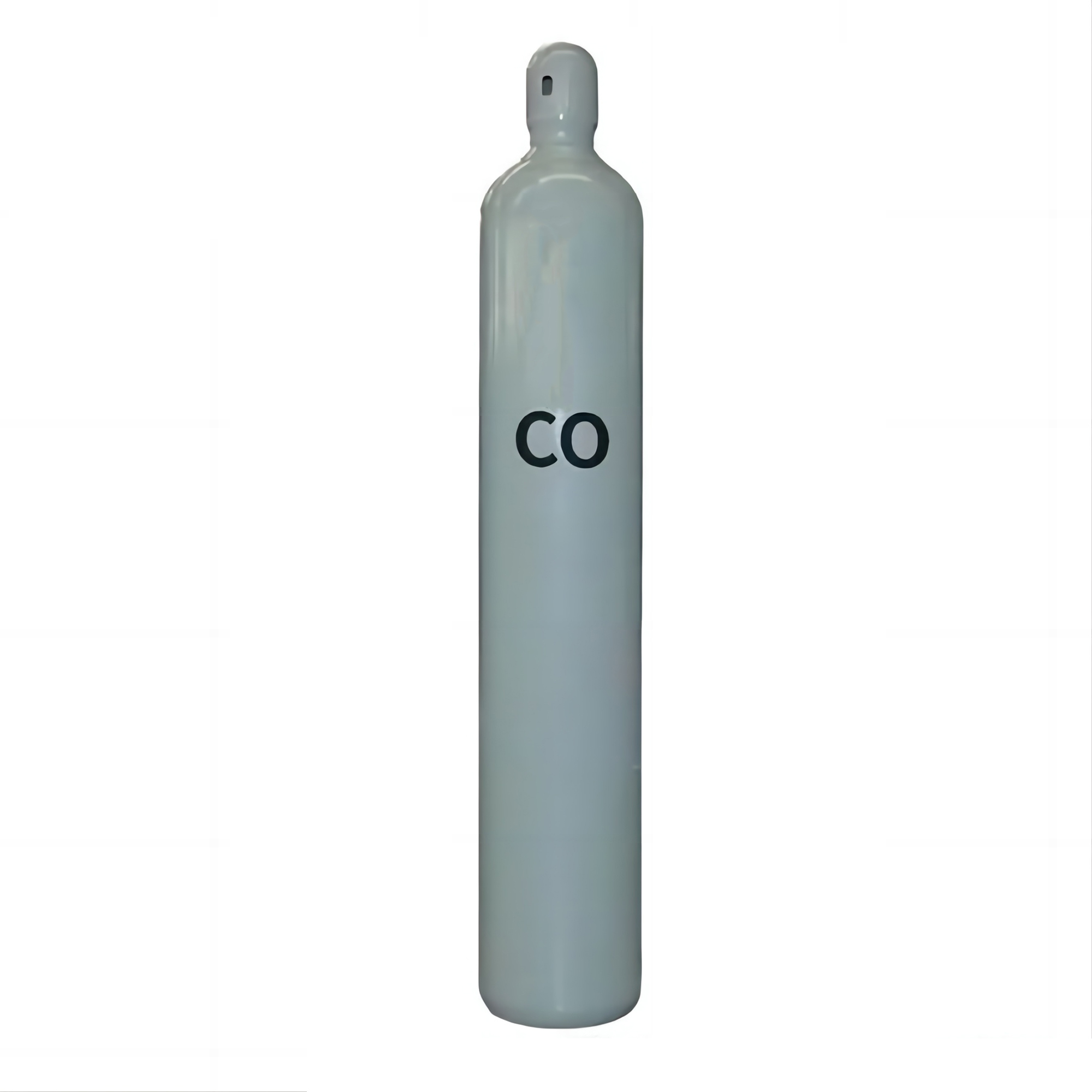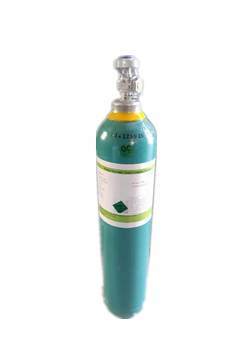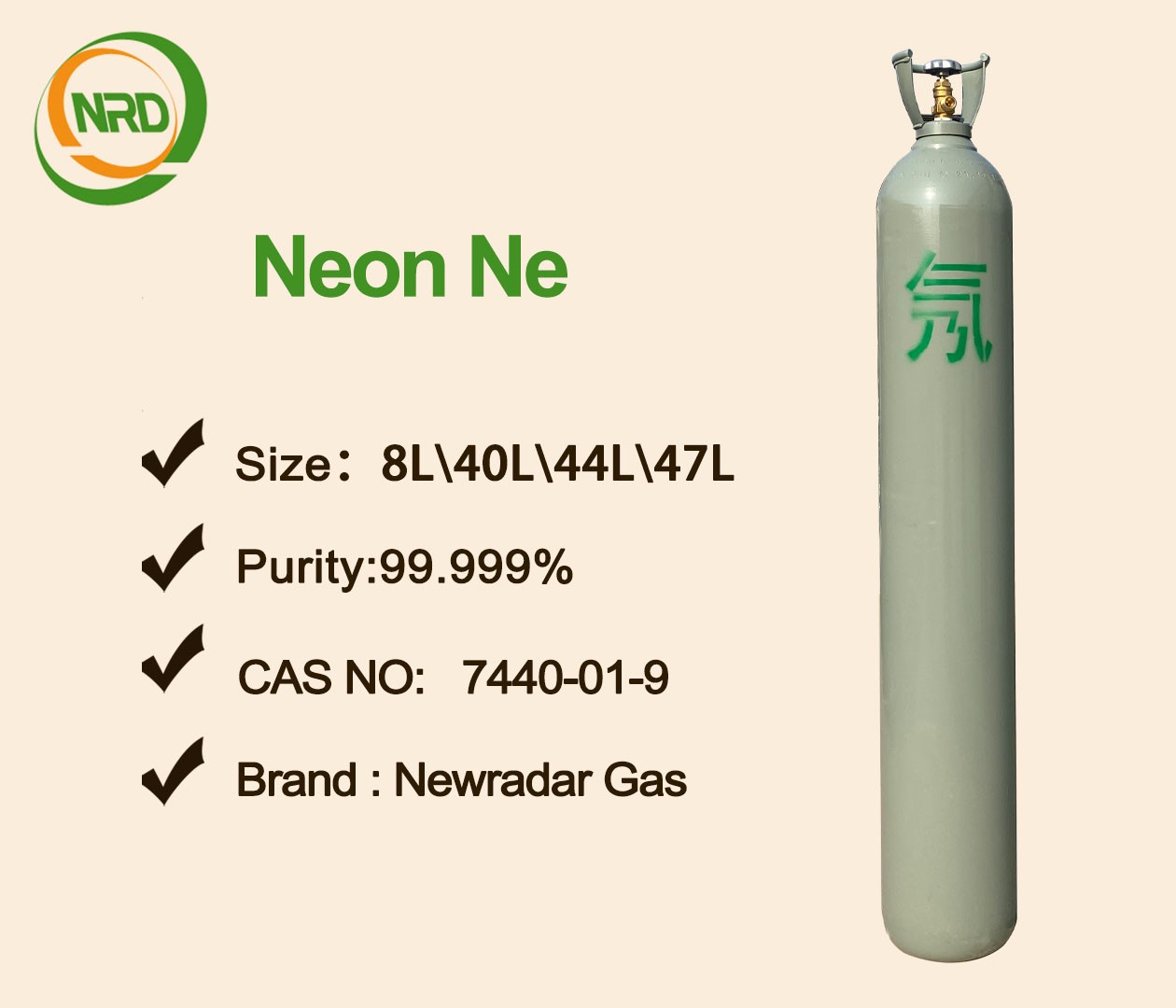Helium is the most ideal leak detection gas
First of all, because the outer electron of helium is 2, helium has only one electron, and the first electron is 2, which means that a stable structure is obtained. Therefore, the chemical properties of helium are relatively stable and not easy to react and explode.
Helium is used to detect gases in some valuable equipment, such as aircraft and spacecraft. However, helium has few reserves in nature and is relatively expensive. Therefore, in order to save costs, some companies choose the mixture of hydrogen and nitrogen as the leak detection gas or directly use nitrogen as the leak detection gas.
40 litre helium cylinder
Helium leakage detection in semiconductors in order to prevent the surface of semiconductor devices, integrated circuits and other components from degradation due to impurities such as waste water and steam, the shell must be sealed. However, due to various reasons, small holes that are difficult to find by the naked eye often appear in the sealing parts of the tube shell or lead connector. Therefore, once the components are packaged, some methods must be taken to detect the existence of these holes.
Helium leak detection is to use helium to check the small holes on the package of electronic components. Due to the small size of helium atoms, it is easy to enter the shell through small holes. Therefore, this detection method can detect very small holes (that is, it can detect holes with air leakage of about 10? 11 ~ 10? 12 cm3 / sec). The sensitivity is equivalent to the method of detecting radioactive leakage, but it is simpler than the method of detecting radioactive leakage. Helium leak detection method: first, put the packaged components in a container filled with helium, press it, and let the helium enter the tube shell through the small hole; Then take it out and blow out the residual helium on the surface of the shell with compressed air; Then, a mass spectrometer is used to detect the helium leakage on the shell surface.
- Prev: Separation Of Isotope Gases
- Next: Helium extraction





 Facebook
Facebook YouTube
YouTube LinkedIn
LinkedIn Twitter
Twitter